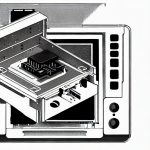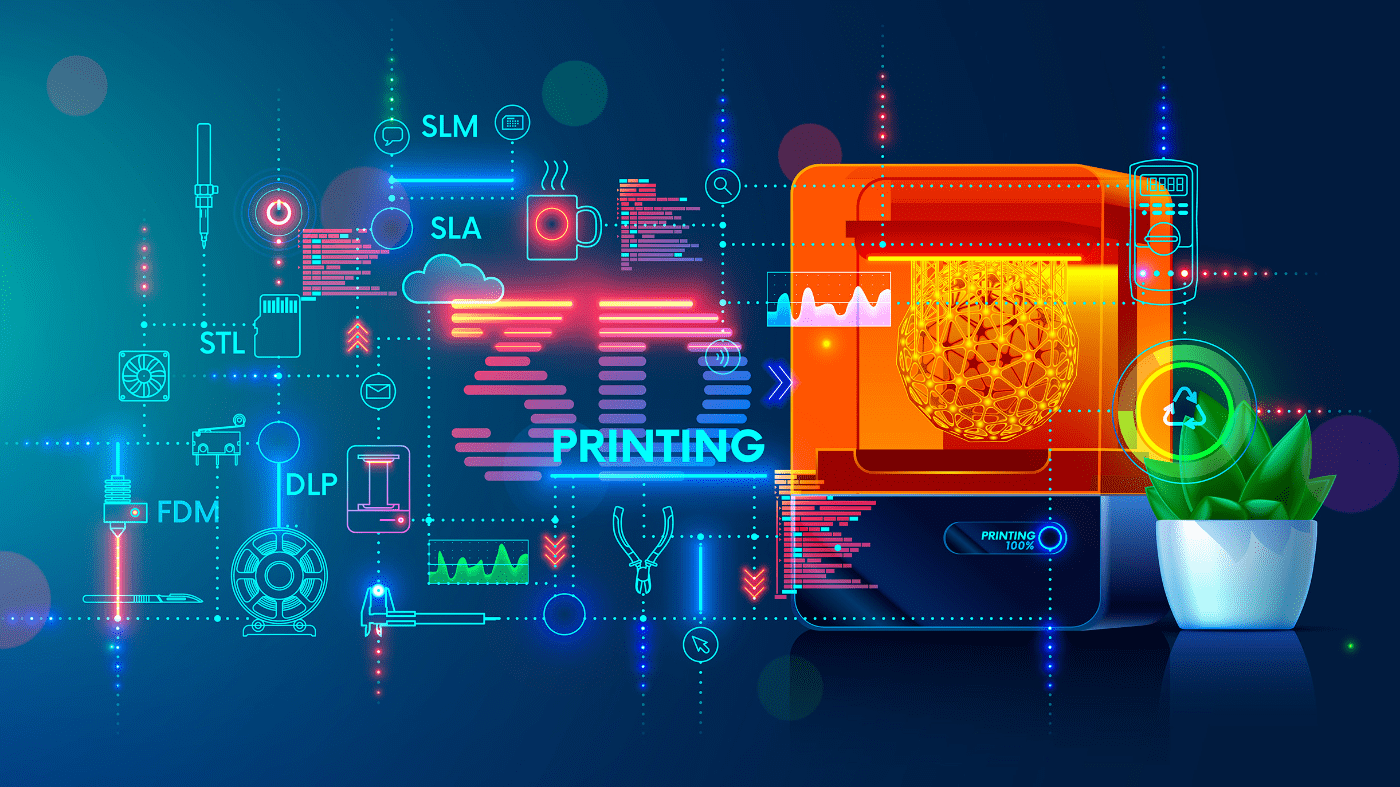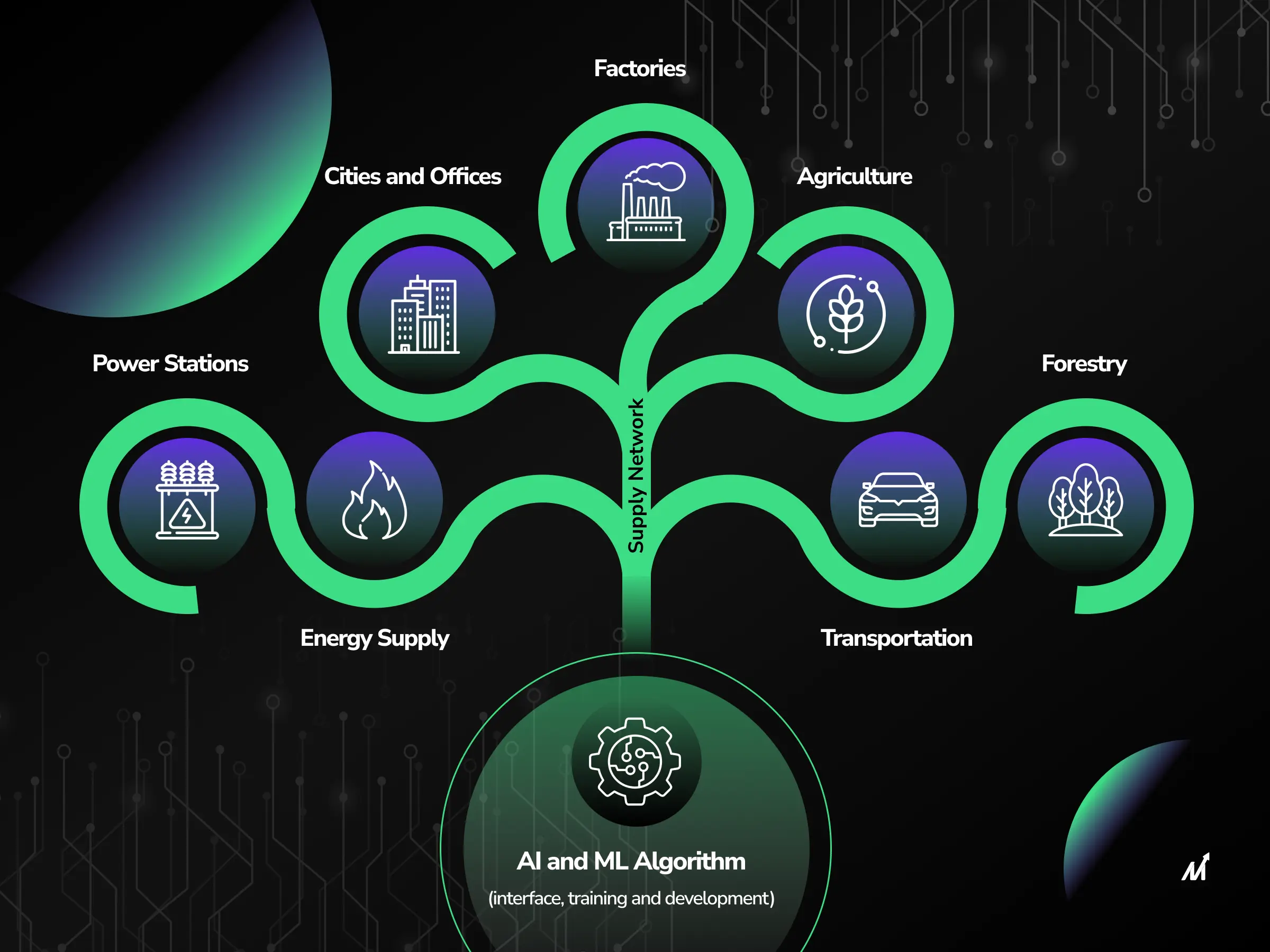The potential impact of 3D printing on the future of science is both profound and transformative. This innovative technology has the capability to revolutionize scientific research by allowing for the creation of custom lab equipment, intricate structures, patient-specific anatomical models, microfluidic devices, and tissue scaffolds. With advantages such as rapid prototyping, cost-effectiveness, and design flexibility, 3D printing empowers researchers to push the boundaries of knowledge and drive innovation in various scientific disciplines. However, challenges like material limitations, printing resolution, and the need for optimization processes must be addressed to fully harness the potential of 3D printing in scientific research. Collaboration among experts in science, engineering, and 3D printing is essential to overcome these hurdles and propel advancements in the field. The integration of 3D printing holds the promise of groundbreaking discoveries and advancements in science, paving the way for a bright future of exploration and discovery.
3D printing is reshaping the landscape of scientific research by offering unprecedented levels of customization in laboratory equipment. Researchers now have the ability to design and fabricate specialized tools and devices tailored to their specific experimental needs. This customization not only enhances the precision and efficiency of experiments but also accelerates the pace of research progress by enabling rapid prototyping and iteration.
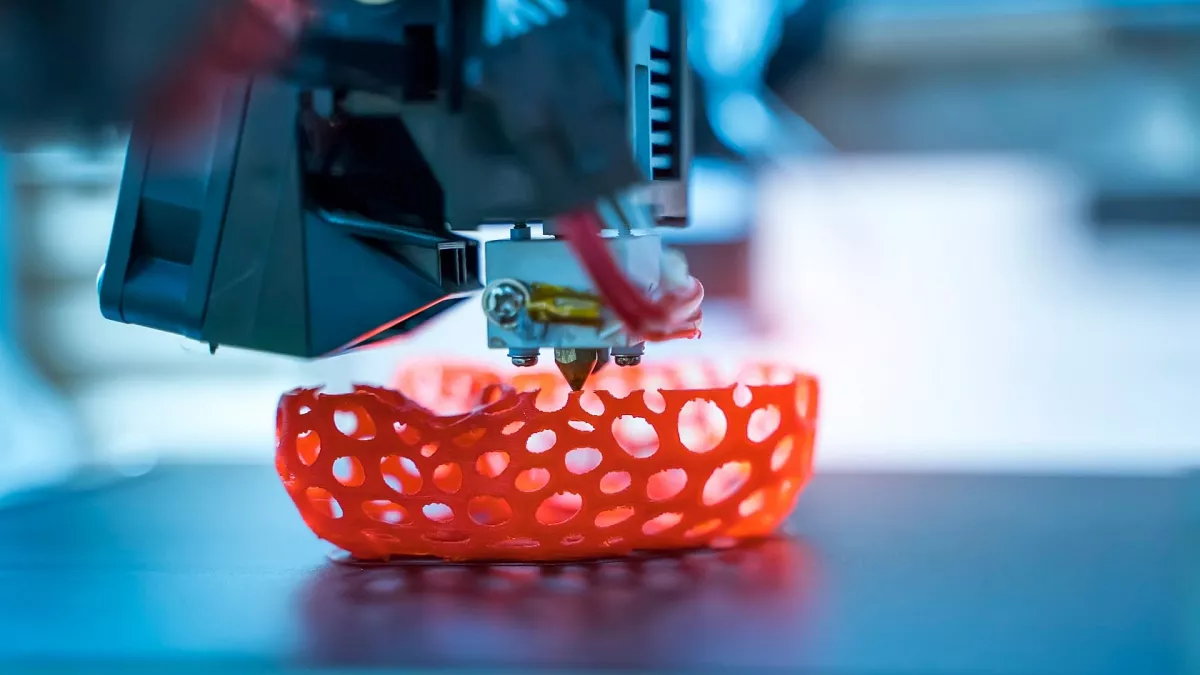
The field of medical research is experiencing a revolution with the advancements in anatomical models made possible through 3D printing. These models are not only highly accurate but also incredibly detailed, providing medical professionals and students with a realistic and hands-on learning experience. Surgeons can utilize these anatomical models to practice complex procedures before performing surgeries on actual patients, leading to improved patient outcomes and advancements in medical science.
One of the key areas benefiting from the innovation in 3D printing technology is the production of microfluidic devices for scientific research. Microfluidic devices are essential tools in various scientific disciplines, enabling precise control and manipulation of fluids at the microscale. With 3D printing, researchers can quickly prototype and produce intricate microfluidic devices with precise dimensions, leading to higher accuracy and efficiency in experiments and analyses.
3D printing is also playing a pivotal role in the development of tissue scaffolds for regenerative medicine. By leveraging 3D printing technology, scientists and medical professionals can create customized tissue scaffolds that mimic the natural extracellular matrix, providing a framework for cell growth and tissue regeneration. This breakthrough has the potential to revolutionize regenerative medicine by facilitating the growth and transplantation of tissues and organs, ultimately improving the quality of life for individuals in need of tissue replacement therapies.
3D printing has the potential to revolutionize scientific research by addressing key challenges and unlocking new opportunities for innovation. One of the critical challenges in 3D printing is overcoming material limitations for diverse applications. Researchers need to carefully select materials that are suitable for their specific scientific needs, whether it be in medicine, biology, or archaeology. By understanding the properties of different materials and their compatibility with printing technologies, scientists can optimize their printing processes and achieve reliable results.
Improving Printing Resolution for Detailed Structures
Another significant challenge in 3D printing is improving printing resolution for detailed structures. High printing resolution is essential for creating intricate designs and complex geometries in scientific research. Researchers must explore advanced printing technologies and techniques to enhance the resolution of their prints, ensuring precision and accuracy in their models. By investing in high-quality printers and fine-tuning printing parameters, scientists can achieve detailed structures that meet the demands of their research projects.
Optimization and Validation Processes for Reliable Results
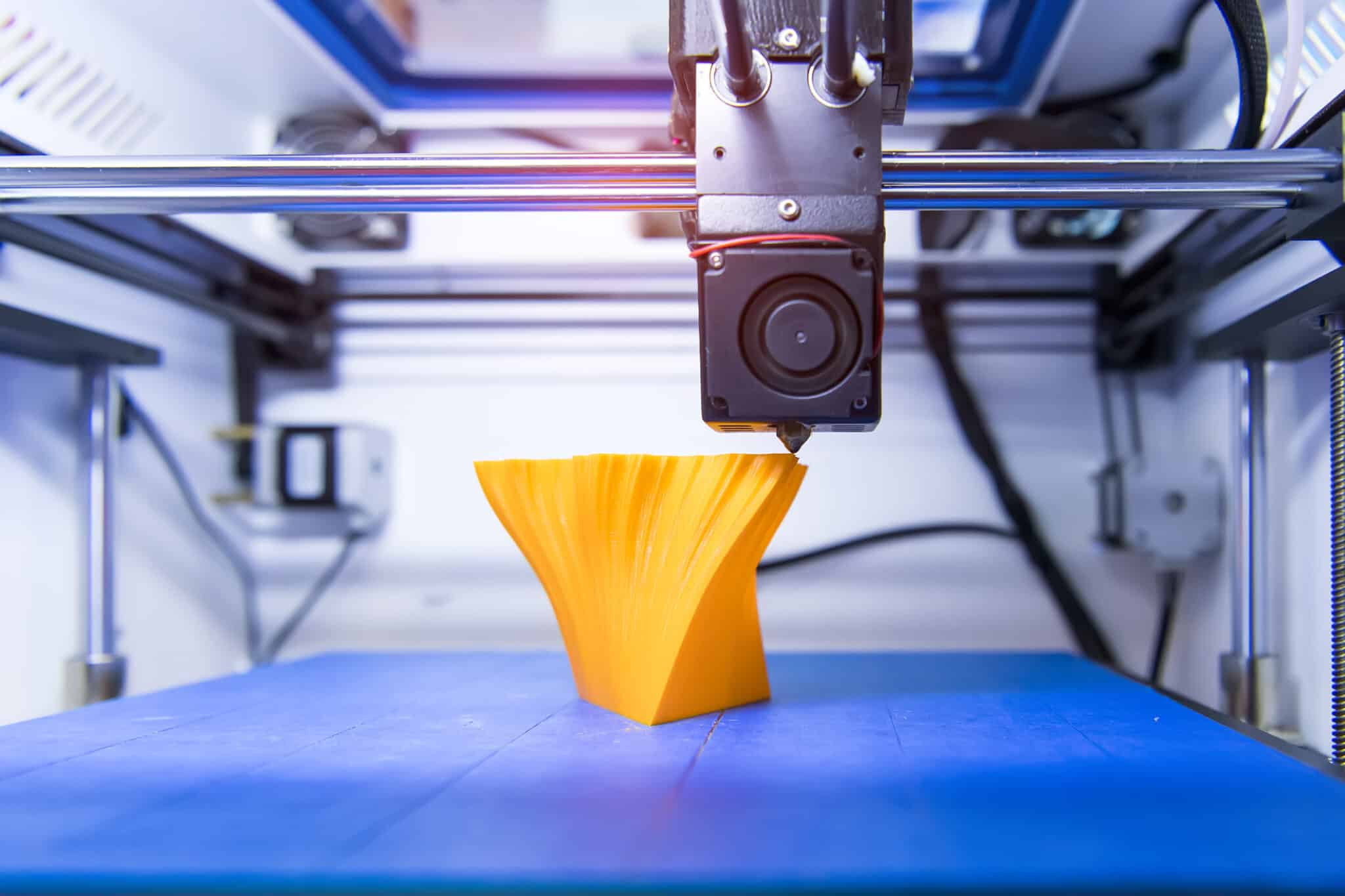
Optimization and validation processes play a crucial role in ensuring reliable results in 3D printing. Scientists must implement rigorous quality control measures and validation protocols to validate the accuracy and consistency of their prints. By conducting thorough testing and validation processes, researchers can identify and address any potential issues or errors in their prints, guaranteeing the reliability of their results. Collaboration between scientists, engineers, and 3D printing experts is essential in optimizing printing processes and validating results effectively.
Key Takeaways:
- Choose materials carefully for diverse scientific applications
- Invest in advanced printing technologies to improve resolution
- Implement robust optimization and validation processes for reliable outcomes
- Collaborate with experts to overcome challenges and drive innovation in scientific research
The Synergy of Collaboration in 3D Printing Advancements
Fostering Interdisciplinary Partnerships
Collaboration among scientists, engineers, and 3D printing experts is crucial for driving advancements in scientific research. By combining their expertise, these professionals can tackle challenges related to material limitations, printing resolution, design optimization, and model validation. Through interdisciplinary partnerships, researchers can leverage their unique skills to enhance research outcomes and foster breakthroughs in various scientific fields.
The Role of Engineers and Scientists in 3D Printing
Engineers play a vital role in providing the technical hardware and software components necessary for 3D printing, while scientists contribute domain-specific knowledge and research requirements. Together, they can explore new possibilities, develop innovative solutions, and address challenges such as material selection, printing resolution, and validation processes. This collaborative effort enables researchers to fully utilize the potential of 3D printing technology, leading to significant discoveries and advancements in scientific research.
The Importance of Sharing Knowledge and Resources
Sharing knowledge and resources is essential for advancing 3D printing technology. By promoting collaboration and knowledge exchange among researchers, scientists can access cutting-edge technologies, collective expertise, and accelerate innovation in scientific research. Initiatives like joint research projects, knowledge-sharing platforms, and collaborative networks facilitate the dissemination of best practices and insights in 3D printing applications. This collaborative ecosystem encourages continuous learning, experimentation, and collaboration, shaping the future of scientific research through the transformative power of 3D printing technology.
The Future of Scientific Discovery Through 3D Printing
Accelerating the Pace of Innovation in Various Fields
3D printing technology has revolutionized scientific research by accelerating the pace of innovation in various fields. Researchers can now create customized tools and equipment that enhance their experimental capabilities, leading to new discoveries and advancements. From fabricating patient-specific anatomical models to intricate lab equipment, 3D printing is reshaping how scientists approach their work.
Cost Reduction and Efficiency in Scientific Research
One of the significant impacts of 3D printing on scientific research is cost reduction and efficiency. By eliminating the need for expensive molds and tooling, researchers can design and produce custom lab tools and prototypes on-demand. This cost-effective approach allows for rapid prototyping, iteration, and customization, ultimately optimizing experimental workflows and achieving results more efficiently.
Enabling Personalized Medicine and Custom Solutions
3D printing enables personalized medicine and custom solutions in scientific research by producing patient-specific anatomical models and developing tailored microfluidic devices. This technology revolutionizes fields like medicine, biology, and bioengineering by creating intricate structures and functional prototypes with precision and speed. Through personalized solutions and customized designs, researchers can address complex scientific challenges and drive innovation in personalized healthcare.
3D printing has revolutionized the way prototypes are created in various industries, including engineering and biology. The technology of 3D printing, also known as additive manufacturing, has had a significant impact on scientific research by enabling the rapid prototyping of intricate and customized objects with precision and speed. This breakthrough in prototyping has allowed engineers and scientists to test and iterate on designs more efficiently, ultimately leading to breakthroughs in various fields.
Transformative Applications in Medicine and Healthcare
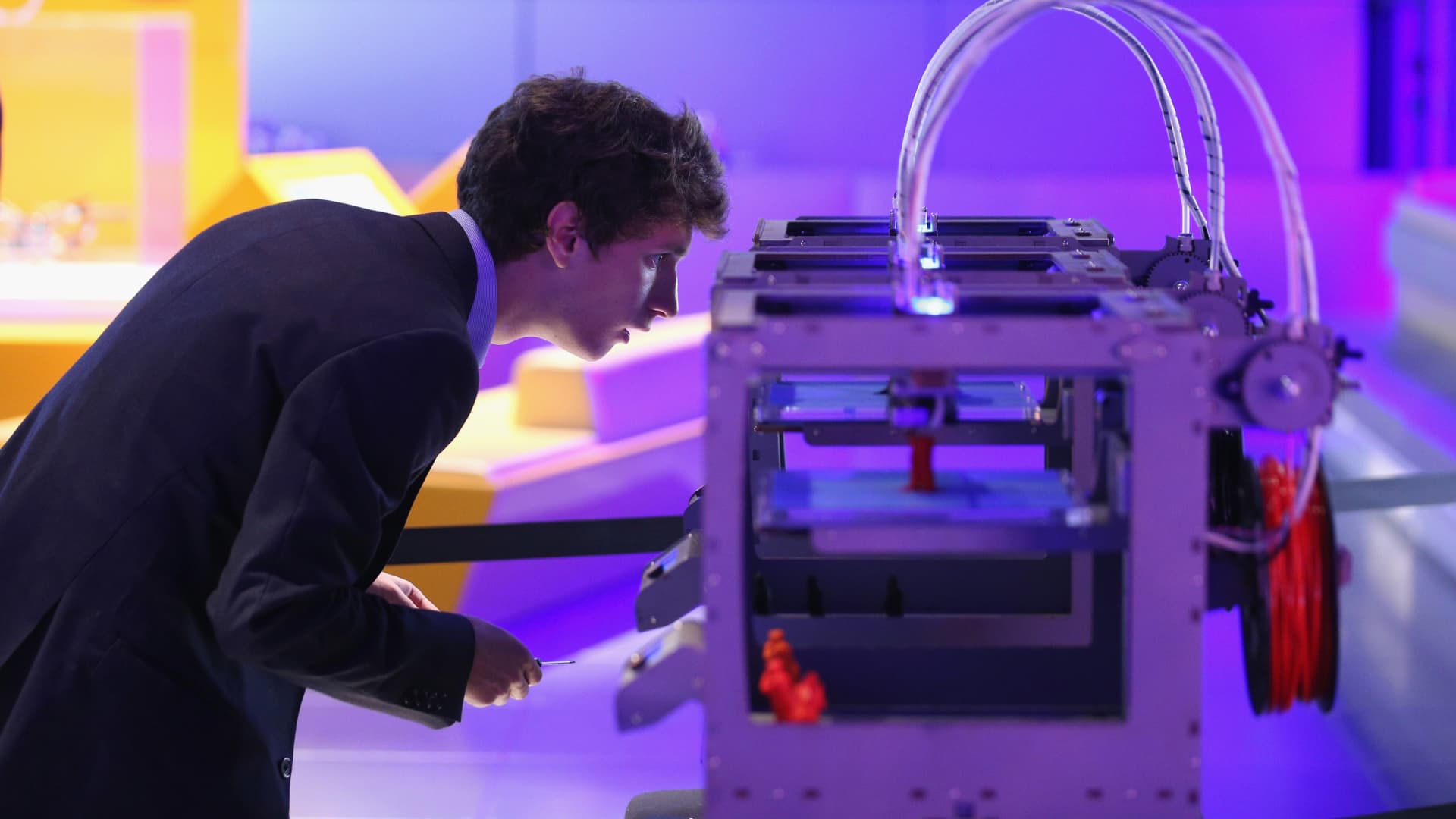
In the field of medicine and healthcare, 3D printing has transformative applications that are changing the landscape of patient care. The ability to customize medical devices, prosthetics, implants, and even organs for individual patients has revolutionized the healthcare industry. This customization has led to improved patient outcomes, personalized treatment options, and the potential to save lives by providing solutions that were previously not possible with traditional manufacturing methods.
Enhancing Research Capabilities in Environmental Science
3D printing is also making waves in environmental science by enhancing research capabilities in studying and monitoring environmental changes. Researchers can now create custom tools, models, and equipment for data collection and analysis, allowing for more efficient experimentation and data gathering. This advancement is leading to a deeper understanding of environmental issues and contributing to solutions for a more sustainable future.
conclusion
In conclusion, the impact of 3D printing on the future of science is undeniable. It has revolutionized scientific research by offering unprecedented levels of customization in laboratory equipment, enhancing precision, efficiency, and accelerating the pace of research progress. By addressing challenges and unlocking new opportunities for innovation, 3D printing has paved the way for significant discoveries and advancements in various fields. Collaboration among scientists, engineers, and 3D printing experts is crucial for driving advancements in scientific research, fostering interdisciplinary partnerships that fully utilize the potential of this technology. Additionally, 3D printing enables personalized medicine and custom solutions, producing patient-specific anatomical models and tailored microfluidic devices. Overall, the technology of 3D printing has significantly impacted scientific research by enabling the rapid prototyping of intricate and





